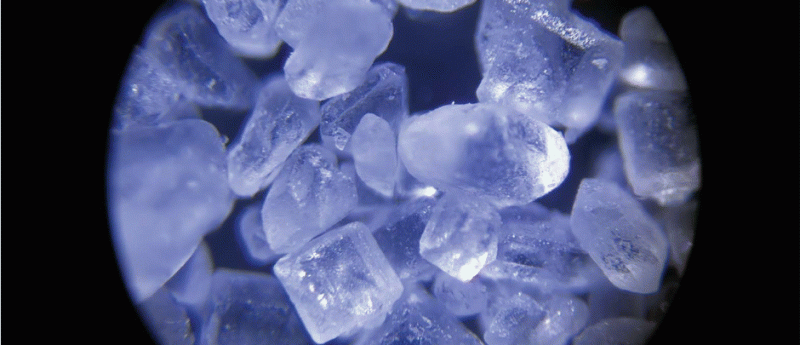Cancer’s sweet spot: techniques to harness saccharides in tumor biology

All of the cells in our bodies are enveloped in sugar, this sweet coating plays a particularly interesting and crucial role in tumor biology. Here our Senior Editor Jade Parker, reviews the techniques being used to detect and exploit cancer’s sweet spot including click chemistry, glycoproteomic profiling and bioorthogonal chemistry, the full paper was recently published in BioTechniques.
Why are tumors sickly sweet?
As interest built in the molecular aspects of cancerous cells, pathologists who studied the intricate details of tumors noticed that cancerous cells have a markedly higher amount of a simple sugar, termed sialic acid, on their cell surface compared to healthy cells. Hypersialylation has been observed in several different cancer types including lung, hematologic, breast and pancreatic tumors [1,2].
Exploring why tumor cells have evolved to have more glycans, it was discovered that sialylation (the process of adding a sialic acid unit to the end of an oligosaccharide chain of a glycoprotein) enhances the tumor cell’s motility, allowing it to invade and metastasize more effectively, whilst also protecting the tumor from cell death induced by chemotherapeutic drugs, galectins and death receptor ligands [3].
Exploiting cancer’s sweet spot
In 2018, James Allison (MD Anderson Cancer Center, TX, USA) and Tasuku Honjo (Kyoto University, Japan) were awarded the Nobel Prize in Physiology & Medicine 2018 for their research on exploiting the inhibition of negative immune regulation as a therapeutic strategy [4]. The duo uncovered PD-1 and CTLA-4 as key targets that could achieve complete remission for some patients [5].
Cure and cancer are words that prior to this, were never heard together. Yet the work of Honjo and Allison paved the way to change the prognosis of some cancer patients from 6–9 months to live, to being free of their cancer indefinitely…